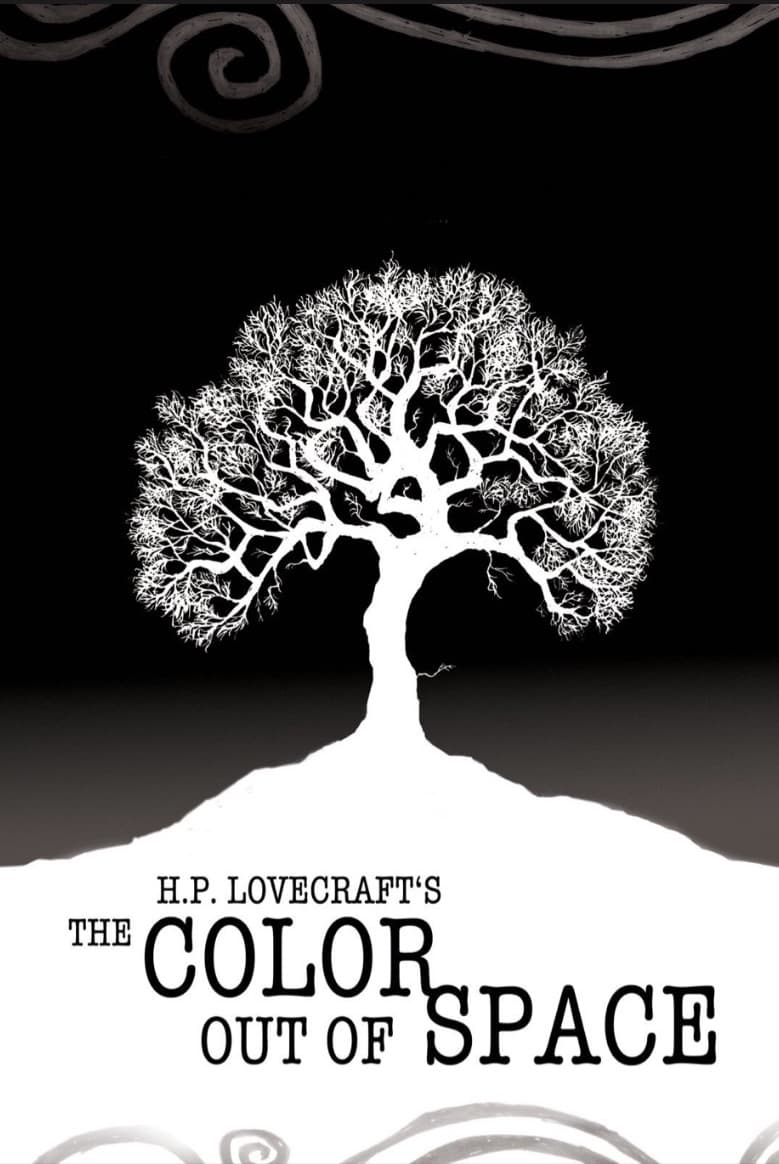
Arkham, 1975: Jonathan Davis' father has disappeared. His tracks lead to Germany, to the Swabian-Franconian Forest where he was stationed after the Second World War. Jonathan sets out to find him and bring him home, but deep in the woods he discovers a dark mystery from the past. Based on H.P. Lovecraft's short novel "The Colour Out of Space".
04 Feb The Color Out of Space (2010)
Boys and Brown Leaves
Very spooky, slow. Based on a Lovecraft story.
The trigger event has a meteorite landing and exhibiting inscrutable properties, diffusing into the air. It is the remnants of a craft. German scientists from the 30s — one of our most enduring stereotypes — cannot figure it out, but before it disappears, they make the mistake of breaking the sphere embedded within. A coloured goo is released and joins the water.
A nearby farm family with three boys come under the influence of this ‘color,‘ and it is this deterioration that we see in our spooky parts. The film is in black and white, effectively using devices that evoke the silent era. The goo is rendered in colour when we see it and that worked less well for me.
The narrative structure is what sets this apart. It has story in three periods. The focus is the appearance of the goo and over a year the deterioration of the family as witnessed by a neighbour.
A later period has this neighbour returning from WWII and encountering a group of occupying US GIs. Though they have no reason, and are warned, the leader decides to investigate the cursed farm. They provoke the goo in the farm‘s well and see it assemble and fly away from the planet.
Decades later, the head GI has returned and we follow his adult son as he seeks him, encounters the now aged witness and hears everything we have seen. Meanwhile, a dam has newly been built over the infected farm and the water is rising. The son finds and gathers his now crazed father at the edge of the water.
What works is having the elderly witness tell us the story from the 30s and see it in terms of films from that era. Watching the sons through this period was tough and touching. We could have had more of this and less of the brooding wife.
What did not work for me:
• the extra level of the soldier after WWII. This seems to be there only to tell us that the goo is still alive and to give us someone to later tell the story to.
• But in this segment, we see what could be all the goo assemble into something like a spacecraft and leave. But then are we to think that some remains. The oft-murmered question of whether ‘it is over’ is not powerful enough to affect me.
• The finding of the lost father could tell us the answer to that question. He seems altered by some remaining force, or was he just suffering from what came before. We don’t need answers to every question; this kind of story is better off with mysteries. But the filmmaker owes it to us to not raise unnecessary questions.
Posted in 2015
Ted’s Evaluation — 3 of 3: Worth watching.


No Comments